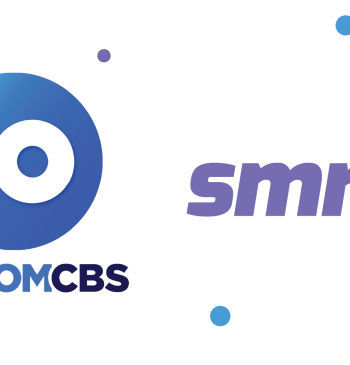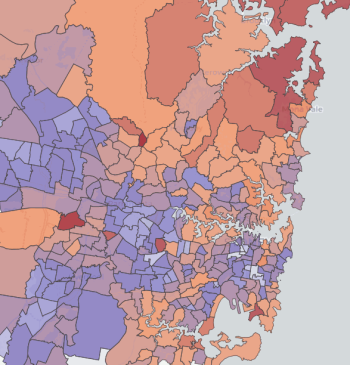12 Jan

While the word ‘data’ is now commonplace in the vernacular of any marketer, far fewer marketers actually understand the key differences between various types of data.
Specifically, the role of ‘online data’ and ‘offline data’ is not always understood. Given the looming deprecation of third party cookies, a solid understanding of how online data and offline data can be combined is essential for anyone looking to get more out of their data.
A recent study by the IAB and Winterberry Group found that 52.4 percent of advertisers see cross-channel audience identification/matching as their highest priority when it comes to building their data strategies. To add to this cross-platform experience, there is also the need to improve how data is collected from these various touchpoints.
The basic definition of online data is any information that is collected from online channels. This could be social media, internet browsing (like cookies), in-app activity and so on. This online data is typically easier to collect and analyse than offline data and can easily be deployed throughout a marketing stack.
Offline data, on the other hand, is data that is collected manually through various interactions such as in-store purchases, contact information, customer care, subscriptions and demographic information. As you can see, although it might be harder to get your hands on, offline data is very effective when it comes to gaining a rich understanding of your customers.
“Unification of your customer data sources provides a truly rich understanding of customer behaviour,” said IVE Group chief experience officer Steven Emanouel. “This, in of itself, is difficult for many organisations, but the journey must start somewhere. Customers expect you to know them implicitly.”
Combining your data
Offline data is not necessarily ‘better’ than online data, and vice versa. Rather, it’s about thinking about how these various datasets can be used to complement one another.
For example, many advertisers now talk about ‘lookalike modelling’ as a way to build models for a large segment while minimising the amount of personal data actually required. By taking the data of a ‘seed audience’ – which might come in the form of offline data that has been collected manually – it can then be overlaid with online data (whether it be social media or in-app activity) to build out a more detailed segment.
For example, purchase data is able to serve as the ‘seed’, while different datasets (demographic information etc) can be used to identify other people and households that are more likely to exhibit the same purchase behaviours in the future. These data sets can be first, second or third party sourced.
As well as ‘closing the loop’ in this regard, combining online and offline data provides an opportunity for privacy-compliant data-driven marketing.
Current regulation makes personally identifiable data a significant risk. However, mixing online and offline data makes it easier to anonymise this data while still ensuring it can be used to derive insights. These insights can be aggregated for the whole customer base, a segment or mapped back to individual customers using a CRM system.
Anonymisation here serves as the intermediary between the different datasets and can match behaviours without encroaching on customer privacy. At smrtr, our rich transactional data is aggregated into ‘micro segments’ so that we cannot identify individuals, with our Identity Graph mapping everything together for targeting.
Connecting online and offline data is an essential part of our business offering at smrtr. By anonymising our data we can match large amounts of information to various different segments, leading to targeted results for marketers.
To find out more about smrtr contact us and we’ll be in touch within the next business day.
By Steve Millward, General Manager – Commercial at smrtr



